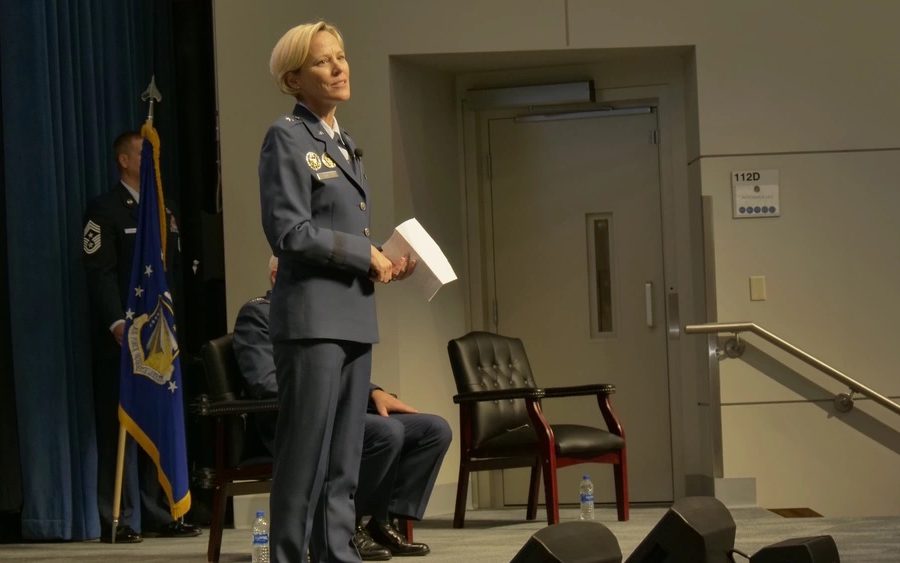The Air Force Research Laboratory and the Air Force Test Center will host their first summit on autonomy, a weeklong session this fall to dive into the concept that is key to the service’s future strategy. The virtual meeting will include close to 100 AFRL, AFTC, and Department of Defense acquisitions officials, Maj. Gen. Heather L. Pringle, commander of AFRL, and Maj. Gen. Evan C. Dertien, commander of AFTC, told reporters Sept. 20 at AFA’s Air, Space & Cyber Conference.
“We haven’t taken a whole week to really roll up our sleeves and look at autonomy,” Pringle said.
DOD is accelerating its push for autonomous systems. In a contested environment, autonomous systems can lower the risk to Airmen while increasing the force brought to bear against an adversary. The AFRL and AFTC have expanded their partnership in recent years as part of the Air Force’s “Accelerate Change or Lose” concept.
While the two groups have worked together on distinct autonomous aircraft, the upcoming summit will be the first focused exchange on autonomy as a concept. The Air Force must separate the idea of autonomy, which should be “platform agnostic,” from work on individual programs, Pringle said. Past discussions have focused on specifics such as AFRL’s Skyborg program, the Next Generation Air Dominance (NGAD) family of systems, and collaborative combat aircraft (CCA).
“In the past, it’s been a potpourri of topics,” Pringle said. “This coming one in the fall is one week dedicated all in on autonomy: autonomy testing, autonomy development, [and] how are we going to continue to do this at scale. I’m really excited about it.”
The summit aims to facilitate exchanges between AFRL developers and AFTC testers who can help field their ideas.
“It’s really a working-level summit of all the experts that will be involved,” Dertien said. “What are the roadblocks we have to testing autonomy right now and getting it fielded. We’ll list eight or nine of those different roadblocks that we have or things that are slowing us down, and bring the people together to discuss it and figure out what we need to do to accelerate it.”
The AFTC has equipment to test new programs, such as the X-62A Variable Stability In-flight Simulator Test Aircraft (VISTA), an F-16 that simulates the flight characteristics of different aircraft. In 2021, the X-62 added a new system, the System for Autonomous Control of Simulation (SACS), to assist the AFRL in developing autonomous systems. It has over 30 test sites across the country working on different aspects of development.
The AFTC has test flown every aircraft in the Air Force’s inventory in the service’s 75-year history. If future autonomous systems are to see action, the AFRL and ATFC must collaborate, the officials said.
“It’s really important to have a strong relationship and a close handoff for everything,” Pringle said.
